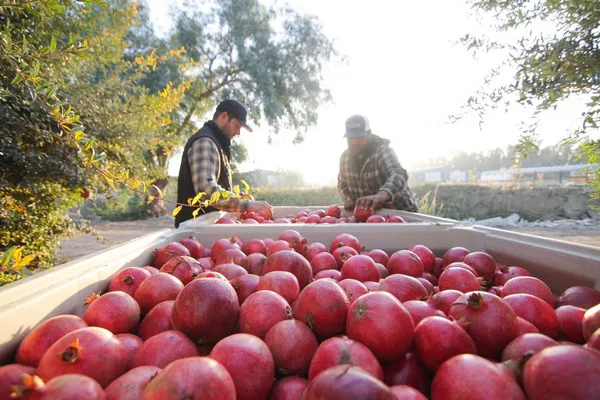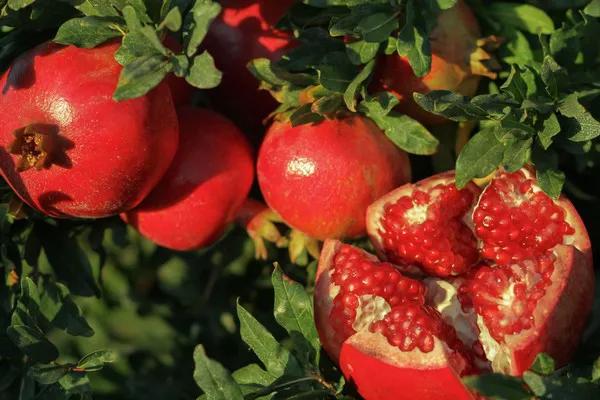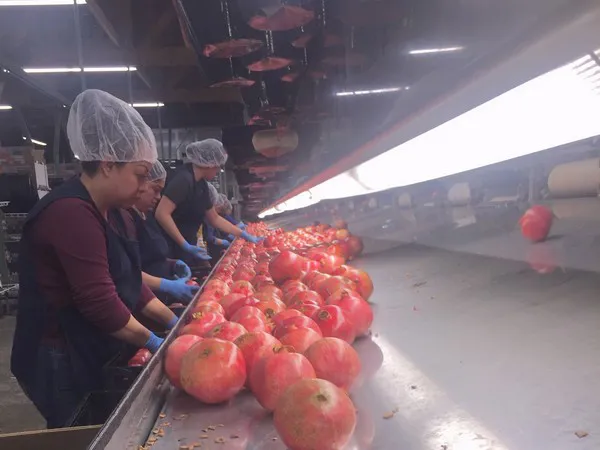California is finishing up harvesting a slightly lower crop of pomegranates.

“In general the crop has been down this year compared to 2018, but field to field, it varied,” says Ken Barbic Sr. of The Fresh Connection LLC in Reedley, Ca. “One field would be similar to last season, another would be 15-25 percent less and some had up to 50 percent less than 2018. It’s mainly due to weather during bloom time.”
For California fruit, Barbic Sr. notes that it’s looking at mid-December, possibly a week longer, for good exportable fruit. “The quality is pretty good on the fruit—the sugar level is 18 Brix and higher. The arils are juicy and tangy,” says Barbic Sr., whose company focuses on exports.
While the main markets for export are Australia, New Zealand and South Korea, shipments to South Korea specifically this season proved somewhat challenging. “The limiting factor for South Korea is the phytosanitary requirements--so Black Heart,” says Barbic Sr., noting that there’s been more of the condition in the pomegranates this year. “Black Heart happens during pollination when the flower is infected by the organism that gets into the fruit. This year it seems to be a little bit more.”

He adds that while the fruit quality was strong, as soon as a piece was discovered with Black Heart, the entire load would be rejected. “People have been finding it more difficult to get more fruit going there this year. There’s still a significant volume being shipped, but the Korean market would take more if we didn’t have this problem,” says Barbic Sr.
Challenges in Taiwan
Some other smaller markets such as Taiwan also take California pomegranates but with a significant duty of 50 percent, the amount shipped over can be cost prohibitive. Additionally, Taiwan adjusted its Maximum Residue Limits (MRL) recently which also affected how much fruit was shipping to Taiwan.

All of this left the prices somewhat higher than last year. “The price started out fairly high and there was good demand,” says Barbic Sr. “As the price came down a little bit, the demand stayed but pricing depended on the grade. The fancy grade is still at a high price. The lowest grade, the utility grade, has dropped down but it’s still not at a low level.”
For more information:
Ken Barbic Sr.
The Fresh Connection
Tel: +1 (559) 351-5369
ken@thefreshconnection.com
http://www.thefreshconnection.com/
